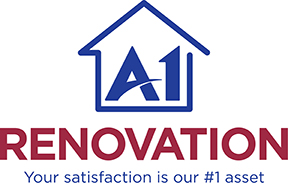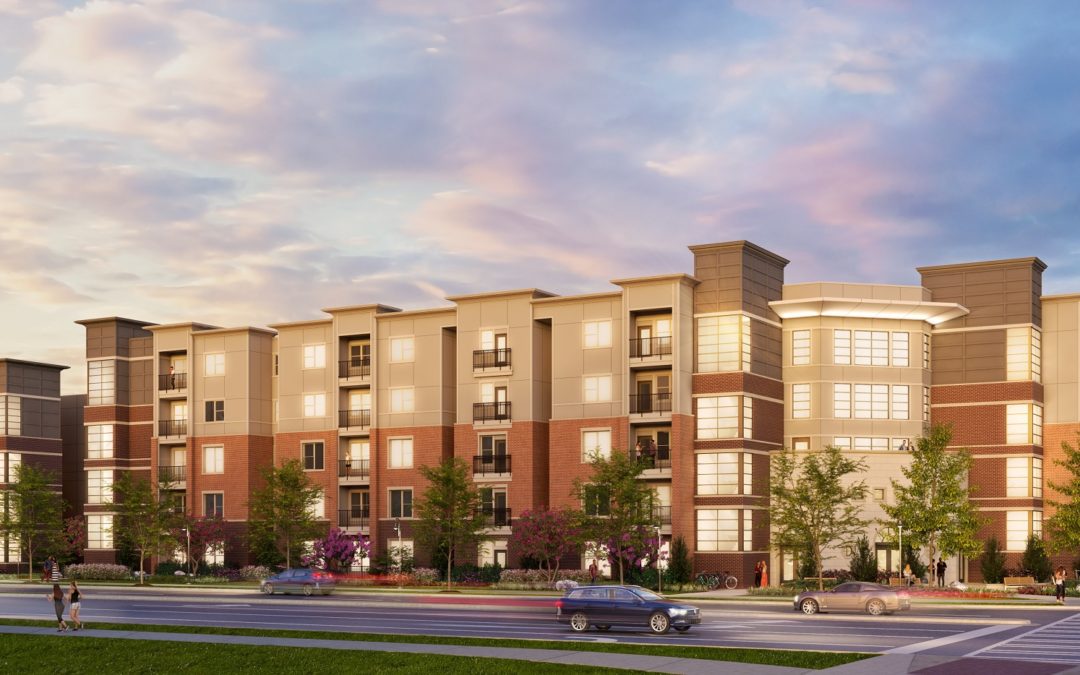The name of the game in property management is creating efficient, easy-to-duplicate systems. Property management firms deal with a lot more turnover than single landlords do mostly because of the sheer number of tenants they oversee.
This generally means partnering with contractors on a far more regular basis to renovate, repair, or even upfit a space between tenants. Working ongoingly with reliable general contractors is a big move in a stronger direction for a property management firm with some direct and very tangible benefits:
- Less time spent coordinating upcoming renovation projects
- Far easier to track progress and work on multiple properties concurrently
- Quality work you can count on and replicate, especially when you have multiple locations
Renovation for Apartment Complexes

GC work for apartment complexes tends to fall into two major categories: repairs between tenants, and wholesale upgrades to all units. In the latter case, it might mean tasks like swapping out appliances for newer models, upgrading the counter tops and sinks, or adding tile work and other visual niceties.
In the event that there’s damage to the property that needs to be addressed before a new tenant can live there, having a set resource to lean on is a lot easier than finding a contractor on a piecemeal basis. Consider the spent necessary to collect bids and interviews, prepare for the job, and then hope that the contractor you chose successfully puts everything in the state you’d hoped for.
In some cases that seemingly necessary process can slow things down noticeably. An apartment complex’s on-site maintenance crew largely follows the model we’re recommending, except that they’re typically specialized in maintenance and not necessarily repairs to floors, walls, appliances, or even plumbing.
When there is damage to the property as a tenant moves out and there’s going to be an investment on your part to resolve it — especially when the repairs may exceed what their security deposit covers — it’s obviously a priority to get a new tenant in there as soon as possible to recoup that cost. To that end, what you don’t want is a situation where unexpected snags slow down the repair project and keep the unit empty for months on end.
Retail Upfits and Facades

Retail properties such as shopping malls, big box store locations, or even shopping plazas can encounter a greater variation in tenants than other types of properties. For example, what if the previous tenant had a clothing store but a new prospect is interested in putting a flower shop in the space?
To a degree the new tenant can adapt their inventory to the space. But if back-end office space, sinks, and other amenities are needed for the new tenant’s business there may be some renovations needed to accommodate.
Like with any transition, the more efficiently one can make these changes the simpler it is to get a new tenant situated. And if prospective tenants know that reworking the space is even an option, they’ll be more likely to focus on what could be instead of how they may have to compromise to make the space work.
Also, when tenants are able to adapt their space or potentially even expand it as their businesses grow, it increases the odds they’ll stay long term. As anyone in the property management business knows, it’s far more lucrative to keep a good tenant for years rather than having to keep switching them out.
Restaurant Modifications

Like any business, what works in the early stages may end up being a hindrance during growth phases.
Customers may enjoy a cozy, homey feel in the dining space, for instance, but not when the restaurant becomes popular enough that the seating arrangement results in long wait times. (Or a noisy, crowded feeling dining experience.)
Typical restaurant renovations include things like:
- Enlarging the parking lot or restructuring it for more efficient parking
- Additions to the building (bumping out walls, etc.)
- Restructuring the kitchen space or adding newer appliances
- Remodeling the exterior to revitalize older buildings (or upgrade awnings, roofing, and windows)
We should point out that this type of restaurant work isn’t limited to a sit-down style experience with servers and table menus. We’ve also done quite a bit of work with fast food franchises, both on parking areas and on metallic awnings. When drive-through windows need to be repaired, upfitted, or enlarged, that’s all work that we can help with.


